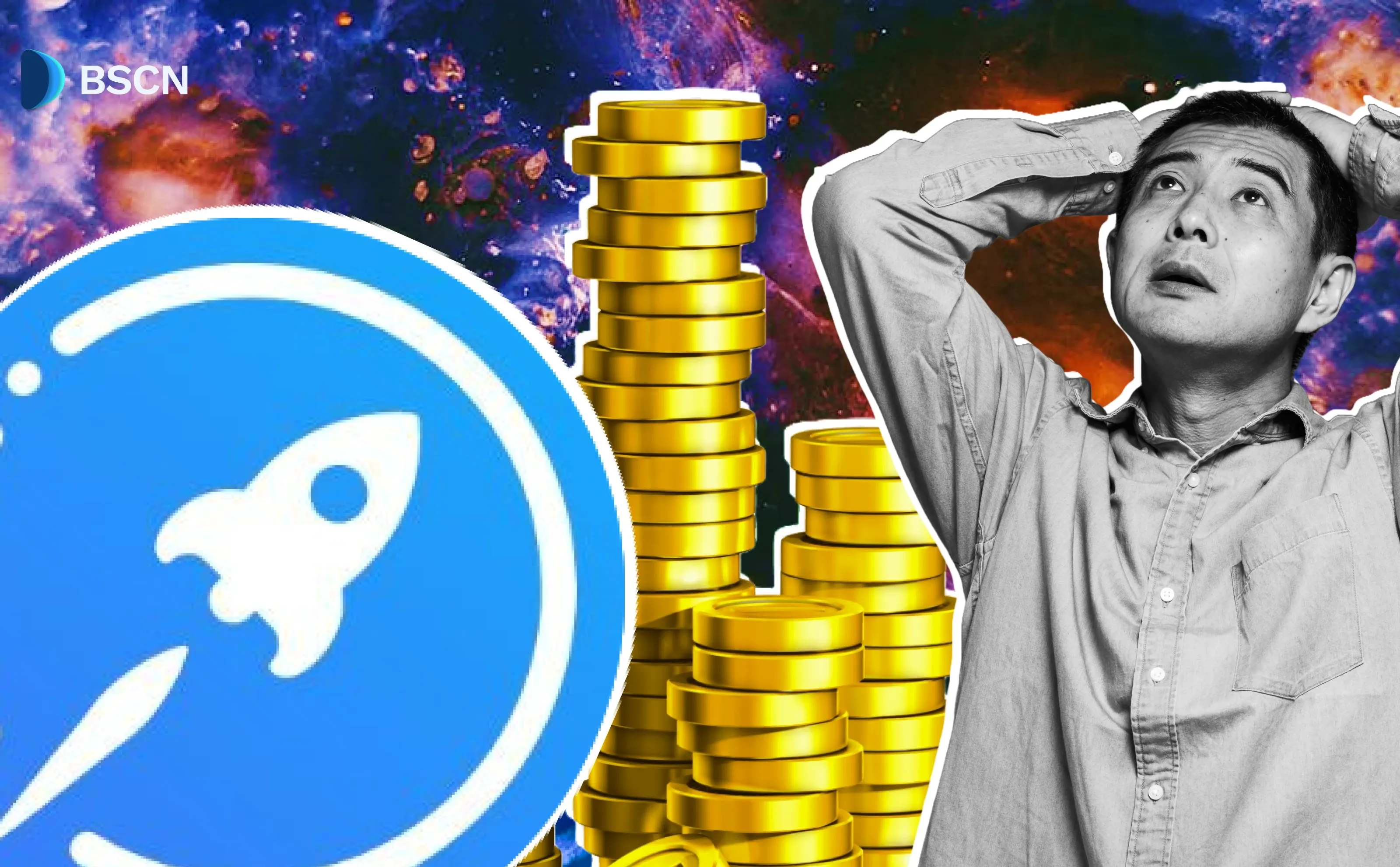ETH
Binance Labs' New Investment: What is Stakestone?

StakeStone aims to revolutionize staking by integrating various yield sources and offering transparent, decentralized solutions through its Liquid Staking Token (LST) protocol. There’s more to it.
BSCN
March 25, 2024
Binance Labs has recently made headlines with its latest investment in StakeStone, an emerging player in the Omnichain liquidity distribution network.
But what exactly is StakeStone? Let's delve into the details.
What is StakeStone
StakeStone positions itself as an "omnichain liquidity distribution network," capable of integrating multiple yield sources, according to Charles K, co-founder of StakeStone.
From Ethereum staking and restaking to real-world assets, artificial intelligence, and decentralized physical infrastructure network assets, StakeStone aims to provide a versatile solution for investors seeking diversified avenues for yield generation.
The Core of StakeStone
At its core, StakeStone operates as an omni-chain Liquid Staking Token (LST) protocol, with a primary objective of democratizing native staking yields and liquidity access across Layer 2 networks. Featuring a scalable architecture, StakeStone not only supports leading stake pools but also aligns with the upcoming restaking landscape.
Additionally, it supports a multi-chain liquidity market based on STONE, its native Liquid Staking Token (LST), providing STONE holders with an array of use cases and yield opportunities.
Like Lido's wstETH, STONE ensures consistent yield generation, enhancing its appeal as a stable and accessible LST.
Decentralized Liquid Staking: The OPAP Mechanism
StakeStone introduces decentralized liquid staking through its innovative Optimizing Portfolio and Allocation Proposal (OPAP) mechanism.
Departing from conventional approaches reliant on MPC wallets, StakeStone ensures full transparency for underlying assets and yields. OPAP empowers the automatic optimization of STONE's underlying assets, reportedly enabling holders to maximize staking yields.
StakeStone's Infrastructure: Building Blocks for Success
StakeStone's infrastructure revolves around key components such as the StakeStone Vault, Minter function, and Strategy Pool.
The StakeStone Vault oversees deposit, withdrawal, and settlement processes, ensuring efficient fund management. Meanwhile, the Minter function enables independent adjustments to underlying assets, enhancing token stability. The Strategy Pool, governed by OPAP, adopts a whitelist mechanism to optimize asset yield routes while mitigating associated risks.
The Future of StakeStone
The StakeStone platform aims to become the premier solution for liquid staking. With plans to expand its offerings to include Bitcoin restaking capabilities and the introduction of STONE-Fi, a liquidity distribution market, StakeStone plans to unlock new avenues for yield generation and asset utilization across multiple chains.
Disclaimer
Disclaimer: The views expressed in this article do not necessarily represent the views of BSCN. The information provided in this article is for educational and entertainment purposes only and should not be construed as investment advice, or advice of any kind. BSCN assumes no responsibility for any investment decisions made based on the information provided in this article. If you believe that the article should be amended, please reach out to the BSCN team by emailing [email protected].
Latest News
Crypto Project & Token Reviews
Project & Token Reviews
Comprehensive reviews of crypto's most interesting projects and assets
Learn about the hottest projects & tokens
Latest Crypto News
Get up to date with the latest crypto news stories and events







